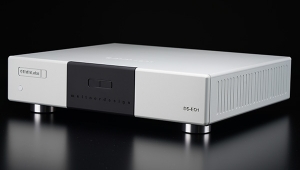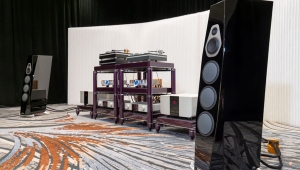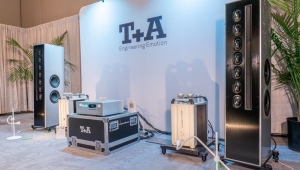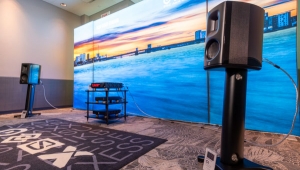| Columns Retired Columns & Blogs |
When i saw the picture of these speakers I thought they were my Vandersteen VLR Wood bookshelf speakers. They look remarkably similar. The VLR'S also have coaxial drivers and are about 12 inches tall. Vandersteen also states in the manual that spades are required, but i have mine connected with bananas while i shop for new wire. I'm gonna look into those Cardas adapters. The VLR'S also have wood cabinets, but the face of the speakers are not wood. One other difference is the vlr have a sealed cabinet.













































